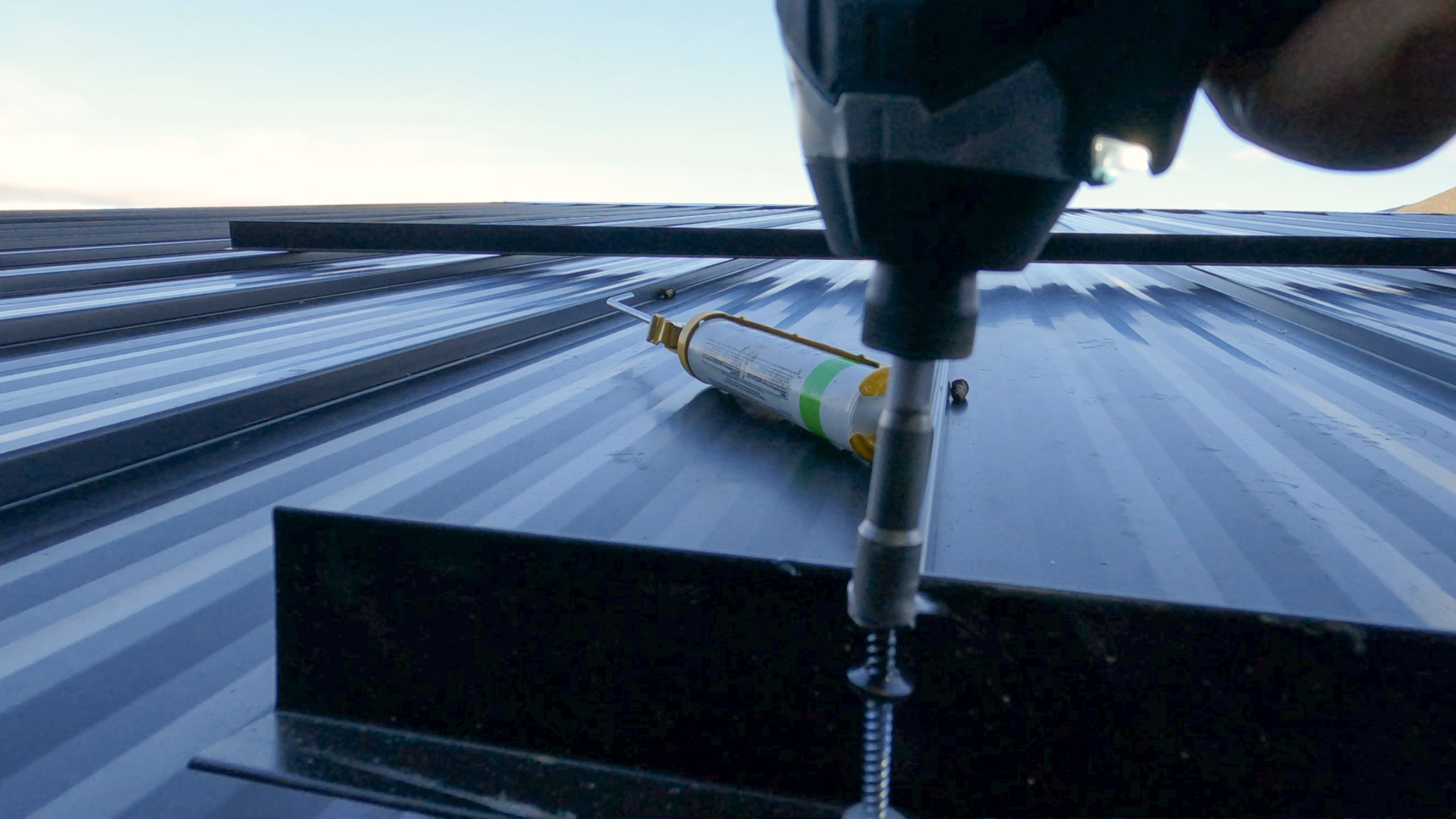What to Expect During a Commercial Roof Installation: A Step-by-Step Guide
Understanding the Scope of the Project
Before embarking on a commercial roof installation, it's crucial to have a clear understanding of the project's scope. This involves assessing the building's architectural design, determining the type of roofing material that best suits the structure, and estimating the project's duration and budget. A thorough consultation with a professional roofing contractor can provide valuable insights and help in making informed decisions.
The contractor will typically conduct a comprehensive inspection of the existing roof and discuss potential challenges such as weather conditions, building accessibility, and any necessary permits or approvals required for the project.

Choosing the Right Roofing Material
One of the most important decisions during a commercial roof installation is selecting the appropriate roofing material. Several factors influence this choice, including the building's location, climate, and intended use. Common commercial roofing materials include metal roofing, single-ply membranes, and modified bitumen.
Each material has its own set of benefits and drawbacks. For example, metal roofs are durable and long-lasting, while single-ply membranes offer flexibility and ease of installation. Discussing these options with your contractor will help ensure you choose a material that fits your needs and budget.
Preparing for Installation
Once the material is selected, the next step is preparing for installation. This stage involves removing the old roof, if necessary, and ensuring the underlying structure is sound. Proper preparation is essential to prevent future issues and to ensure the new roof's longevity.

During this phase, contractors will also set up safety measures to protect workers and inhabitants of the building. This may include installing scaffolding, safety nets, or temporary covers to shield against weather conditions.
The Installation Process
The actual installation process varies depending on the chosen roofing material but typically follows a similar sequence of events. Here is a general outline of what to expect:
- Weatherproofing: Install an underlayment or vapor barrier to protect against moisture.
- Applying Insulation: Lay down insulation boards to enhance energy efficiency.
- Roof Membrane Installation: Secure the primary roofing material in place.
- Sealing and Flashing: Ensure all edges, seams, and penetrations are properly sealed to prevent leaks.

Quality Control and Final Inspection
After installation is complete, a thorough quality control check is vital. Contractors will inspect the roof to ensure it meets industry standards and project specifications. Any discrepancies or issues identified during this phase must be addressed promptly to prevent future problems.
A final inspection by both the contractor and building owner ensures satisfaction with the work performed. This is also an opportunity to discuss maintenance plans or warranties that may be included with the new roof.
Maintenance and Long-Term Care
Once your new commercial roof is installed and inspected, establishing a routine maintenance schedule is essential for its longevity. Regular maintenance includes checking for signs of damage, cleaning debris from gutters and drains, and ensuring all seals remain intact.
Working with your contractor to set up a maintenance plan can help extend your roof's lifespan and protect your investment. Remember, proactive care can prevent minor issues from becoming costly repairs in the future.

